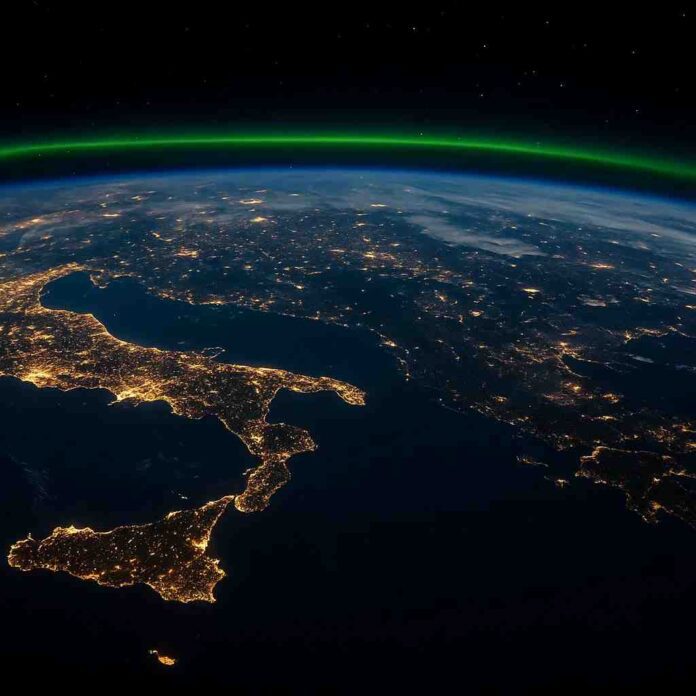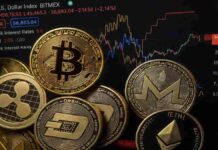# GLOBAL NEWS
In the fast-paced world of global finance and geopolitics, developments occur rapidly, shaping markets and influencing international relations. This article summarizes key events from the last 12 hours, focusing on the United States, Europe, and Asia, with insights into economic trends, corporate movements, and political dynamics.
## US
The political landscape in the United States is currently marked by significant tensions as President Donald Trump prepares for a meeting with congressional Democrats to address the looming government shutdown. Senate Majority Leader Chuck Schumer has urged the President to engage in negotiations to resolve the funding stalemate, which could have major implications for federal operations if not resolved soon. This is occurring alongside a backdrop of heightened scrutiny over Trump’s administration’s recent actions, including the controversial proposal to impose a $100,000 fee on H-1B visas, which has sparked concerns among tech companies and foreign talent reliant on this pathway to work in the U.S.
In corporate news, Apple has seen its stock turn positive for the year following the launch of its new iPhone 17, which has garnered strong consumer interest. The tech giant’s financial performance is crucial as it navigates a competitive landscape, particularly with rising concerns about economic conditions that could impact consumer spending.
On the monetary policy front, Federal Reserve Governor Stephen Miran has been vocal about the need for aggressive interest rate cuts, arguing that the current benchmark rates are too high. This reflects a broader sentiment within the Fed, as officials weigh the implications of inflation and economic growth. Additionally, the Federal Reserve’s recent decision to cut rates has led to mixed reactions in the markets, with some analysts expressing caution about the potential for further easing.
The labor market remains a focal point, with recent data indicating that jobless claims have fallen, suggesting a resilient employment sector despite broader economic concerns. However, the overall economic outlook remains cautious, with many indicators pointing to a potential slowdown.
## EUROPE
In Europe, the economic landscape is characterized by a mix of optimism and caution. Recent reports indicate that Germany, once seen as a growth driver for the continent, may not deliver the anticipated economic rebound. Analysts are expressing skepticism about the country’s ability to lead Europe out of its current economic malaise, highlighting persistent challenges such as inflation and sluggish consumer sentiment.
The European Central Bank (ECB) has opted to keep interest rates unchanged amid ongoing political and economic uncertainty. This decision comes as inflation in the eurozone hovers around the central bank’s target, prompting discussions about the future direction of monetary policy. Meanwhile, the French economy is grappling with significant challenges, including public protests against austerity measures as citizens voice their discontent over economic conditions.
In the realm of corporate developments, Kingfisher, a UK home improvement firm, has seen its shares surge by 18% following an upward revision of its outlook, indicating a positive response from investors amid a challenging retail environment. Additionally, the recent recognition of Palestinian statehood by France and several other countries has sparked discussions about the implications for Middle Eastern geopolitics, particularly in relation to Israel.
The ongoing geopolitical tensions, particularly between Russia and Ukraine, continue to loom large over Europe. NATO’s recent actions, including intercepting Russian jets over Estonia, underscore the growing military tensions in the region, prompting calls for a unified response from Western allies.
## ASIA
Asia is witnessing a flurry of activity, particularly in response to the recent geopolitical developments and economic shifts. In Japan, a landmark defense pact with the Philippines has been enacted, allowing Japanese troops to return to Philippine soil for the first time since World War II. This move is seen as a strategic response to China’s growing influence in the region and aims to bolster military readiness among allies.
Meanwhile, Super Typhoon Ragasa is bearing down on the Philippines, prompting mass evacuations and raising concerns about disaster preparedness in light of recent criticisms of government spending on flood control projects. The storm’s impact could exacerbate existing economic challenges in the country.
In the tech sector, India’s economy is facing significant pressures due to Trump’s recent visa fee hikes, which are causing unrest among IT firms reliant on H-1B visas. The Indian rupee has fallen to a record low, reflecting the broader economic impact of these changes and raising concerns about the future of skilled labor migration.
China’s economic landscape is also under scrutiny, particularly as the country grapples with declining exports and the fallout from ongoing trade tensions with the U.S. The Chinese government has announced measures to stabilize its economy, including keeping benchmark lending rates unchanged despite pressures from external factors.
As the region navigates these complex dynamics, the interplay between economic performance and geopolitical strategy will remain critical in shaping the future trajectory of Asia’s economies.
In conclusion, the global landscape is marked by significant economic and political developments that are interlinked across regions. The U.S. is grappling with internal political tensions and economic challenges, while Europe faces a mixed economic outlook amid geopolitical strains. Asia, meanwhile, is navigating its own set of challenges, from natural disasters to the repercussions of international trade policies. As these narratives unfold, the interconnectedness of global markets and politics will continue to shape the future.





